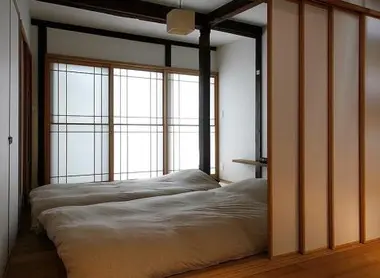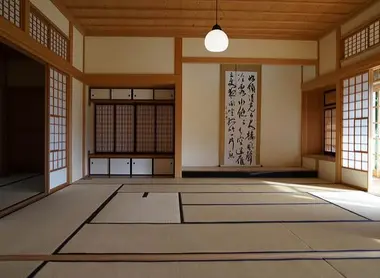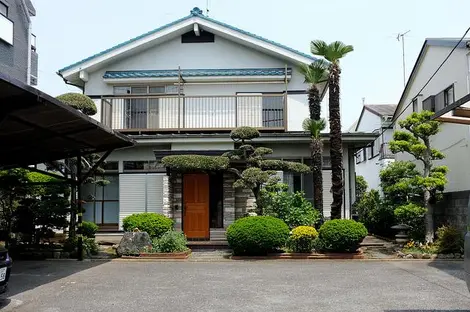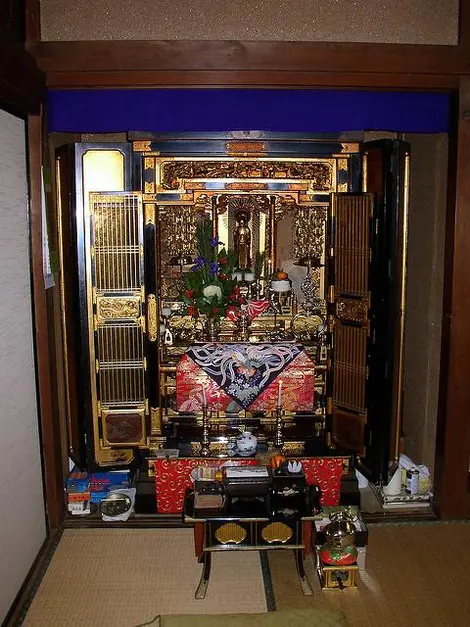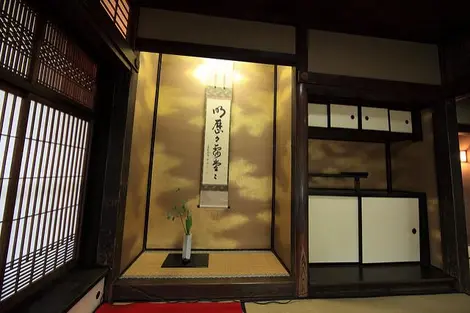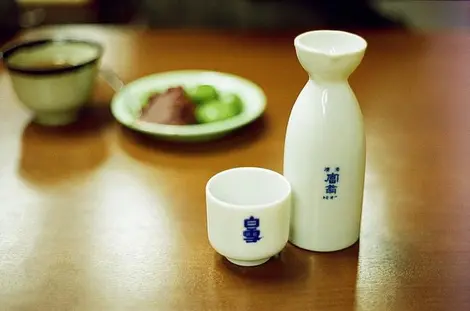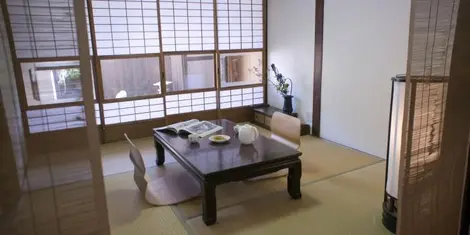10 Typical objects in a Japanese house 日本の家の家具
- Published on : 15/06/2017
- by : K.C.
- Youtube
Home Sweet Home
Both modern and practical, Japanese houses can be very different from ours. Do you know these typical Japanese objects?
Here is a selection of typical objects and equipment found in the average Japanese house:
- Shoji and Fusuma
Shoji are translucent sliding doors made of wood and rice paper. A fusuma is a sliding door made of solid wood or wallpaper. These two types of sliding doors are used in both traditional and western houses, especially in the washitsu, a "Japanese style" room.
- Butsudan
The butsudan is a small Buddhist altar in a wooden cabinet. These private shrines are used to pay tribute to the deceased. Above the butsudan are often enthroned with the photos of the missing relatives. Every day, the Japanese make offerings of food (rice, fruit, etc.) and incense. The family butsudan is often placed in the washitsu, the "Japanese room", with a tatami floor.
Read also: The Obon period in Japan
- Tatami
Tatami is a traditional Japanese floor covering. It is made with layers of rice straw superimposed, intersected and then compressed. The straw is then covered with a straw mat woven in a rod. The Japanese use it in houses, temples and dojos to practice martial arts.
The arrangement of tatami follows certain rules: shugijiki (alignment in both directions ) or fushugijiki (one-way alignment). In Japan, they don't calculate living space in square meters, but rather in tatami! Because of this the size of a tatami mat is always the same - 91×182 centimeters, or 1.656 m2.
- Futon
The futon is a type of Japanese bedding. It usually includes a 5-10 centimeter thick mattress (shikibuton), a quilt (kakebuton) and a pillow (makura). A futon is laid out on tatami at night, and must be folded up, then tidied away after getting up.
Many Japanese people use western beds so they don't have to store a futon the next day. Nevertheless, the futon remains popular in traditional houses (when the family visits the parents in the countryside ...) or during excursions at a ryokan.
- Tokonoma
The tokonoma is not an object, strictly speaking, but is a space where the objects displayed inside it are typically Japanese. The tokonoma is a small elevated alcove, upholstered in tatami. It is present in washitsu rooms, and more particularly in tea houses, chashitsu.
The tokonoma serves as a place of exhibition for calligraphy and prints, flower arrangements (ikebana, bonsai, kusamono) or ornamental statuettes, okimono.
In tea houses, the composition of the tokonoma is not left to chance: poems, works of art and plants are chosen according to the seasons and the mood: the experience of tea ceremony does not only occur in the cup!
- Ofuro
In Japanese, furo (or formal form ofuro ), refers to the Japanese bathtub. Originally, the ofuro was built out of wood, but is now oftenmade of stainless steel or plastic. More luxurious wooden versions also exist.
Read also : Ofuro, Japanese Baths
In Japan, you must first shower outside of the bathtub, before you can enter the bath. The bath water must remain clean as all the members of the family bathe there! The water is then reused, to do the laundry for example.
- Ea-kon
The summer in Japan is very hot and humid, so quite difficult to bear. But fortunately, nowadays technology helps the Japanese to survive the summer season, thanks to air-conditioning, in Japanese "ea-kon". Houses are almost all equipped with air conditioners.
Read also: Going to Japan in summer
The same device is used for heating and cooling. There is also an option to dehumidify the air ( dry, in Japanese). It is also possible to set the operating time and the desired temperature.
- Kotatsu
The kotatsu is a low, heated table. Nowadays, there are tables that can be dismantled to insert a cover, all equipped with an electrical system. In the winter, the Japanese rejoice at the thought of slipping under the kotatsu . It is still the most common mode of heating in Japan, with central heating being scarce.
- Nabemono
The nabemono or nabe, is more a concept than a container in itself. In Japanese, nabemono means the pot. Nabe is the typical dish of family cooking in winter in Japan. Very user-friendly, the nabe is placed on a portable electric plate, in the center of the table where each family member serves themselves.
Read also: 10 Japanese cooking utensils
The nabe recipe is a cross between soup and fondue. The nabemono pot, the donabe, is made of clay or stainless steel. The base is a light broth ( kombu alga, tofu) or a more pronounced flavor (miso, soy sauce, dashi ).
The ingredients then vary according to their desire! Chanko nabe, for example, nabe eaten by sumo, is composed of broth dashi or chicken, poultry and/or fish, tofu, vegetables like bok-choy or daikon, and udon noodles.
- Shuki
Shuki refers to the sake service and consists of various components: jugs, bowls and accessories. Shuki is usually made of ceramic but can also be made of wood, bamboo, glass or plastic. The material differs according to the temperature of the alcohol being served (hot or cold) and who it is intended for (yourself, family, ceremony...).
The manufacture of sake in Japan dates from the Yayoi period (300 BC-300 AD). The sake was then gradually introduced into the rites. Sake is a drink associated with izakaya, but can also be consumed in restaurants or at home. As great consumers of alcohol, the Japanese drank 589,000 kiloliters of sake in 2010!

